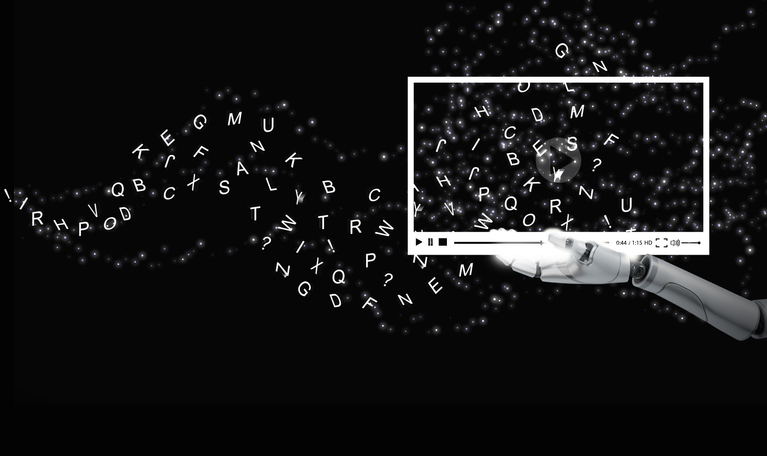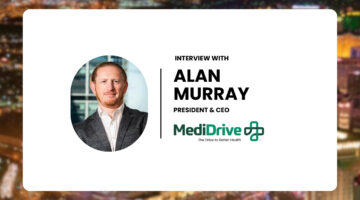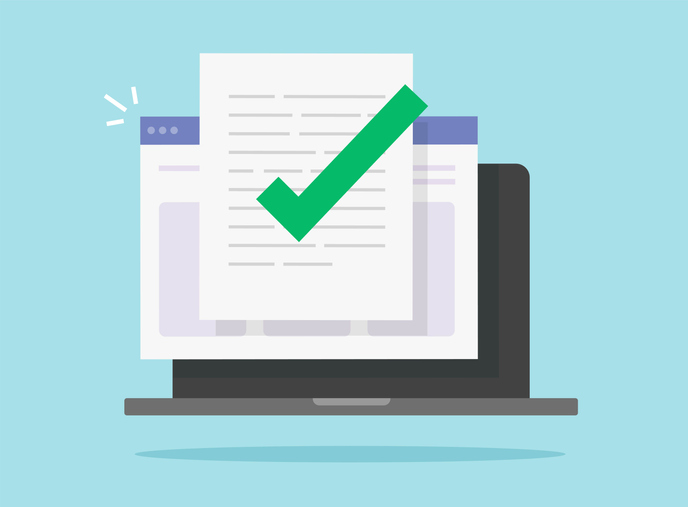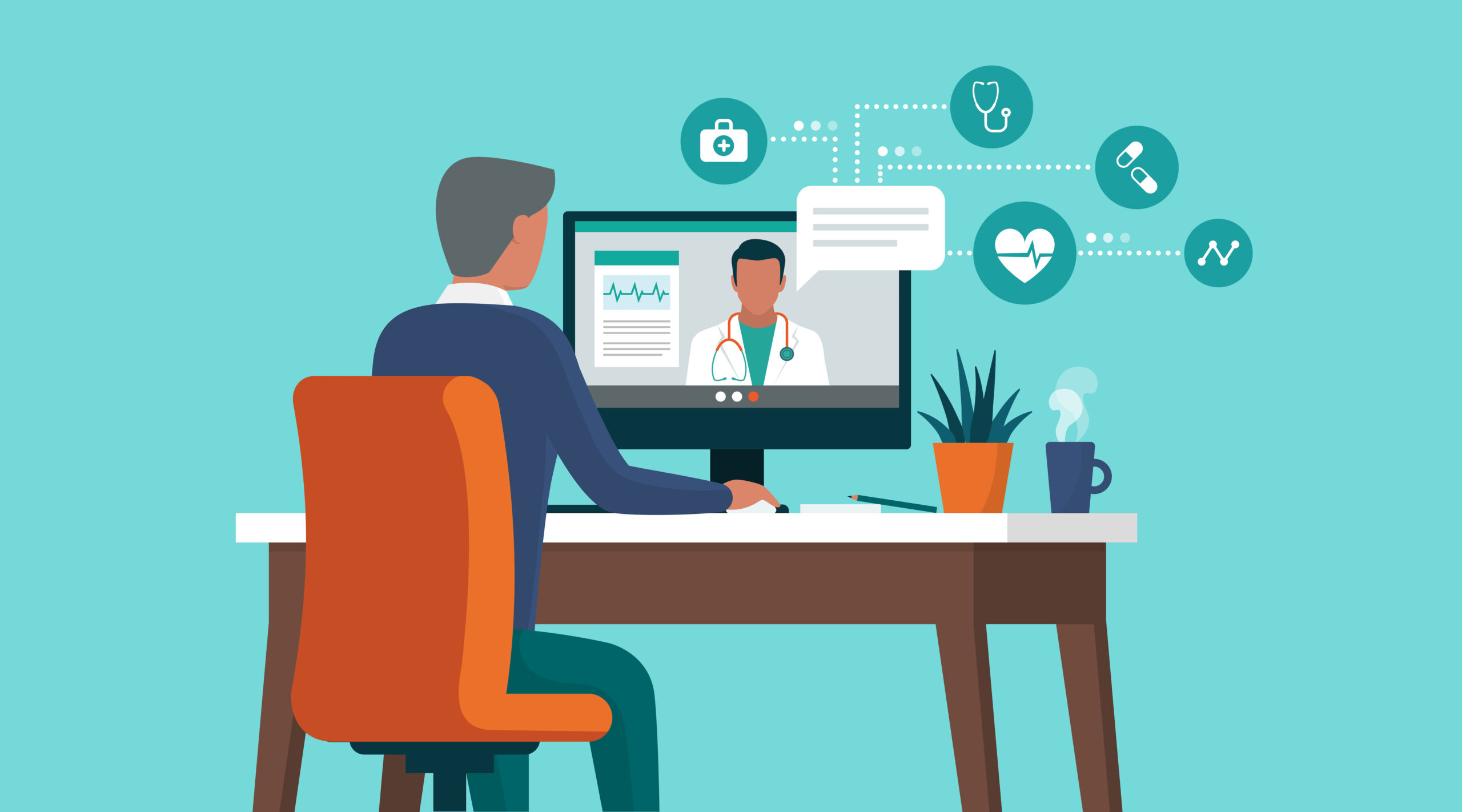
4 Strategies Providers Are Using to Strengthen the Healthcare Workforce
During Reuters’ Total Health conference in Chicago, four healthcare leaders shared the strategies they believe will help fortify the workforce for the future.

During Reuters’ Total Health conference in Chicago, four healthcare leaders shared the strategies they believe will help fortify the workforce for the future.

We owe it to those who dedicate their lives to caring for others to ensure that they, too, have access to help when they need it most.

What clinicians really need today is comprehensive support to offload routine tasks. They need intelligent systems that can proactively highlight relevant patient history before appointments, flag care gaps, and automatically queue up appropriate screening reminders or preventive care protocols.

Ambience Healthcare closed a $243 million Series C funding round, bringing its valuation to $1.25 billion. The startup, which offers an AI-powered platform for clinical documentation and coding, aims to reduce clinician burnout by automating time-consuming administrative tasks across a wide range of specialties.

The American Heart Association’s venture arm invested in Auxira Health, a startup that embeds virtual clinical teams into cardiology practices to reduce physician burnout and expand patient access. By handling routine tasks like follow-up visits and medication refills, Auxira gives cardiologists the opportunity to focus on complex care without adding full-time staff.

AI-powered scribes are proving their ability to dramatically reduce clinician burnout, but their financial impact is unclear, according to research from the Peterson Health Technology Institute.

Alan Murray on improving access for medical transportation.

Idaho-based health system St. Luke’s is rolling out Ambience Healthcare’s AI platform across its enterprise following a successful pilot. The AI-powered scribing tool decreased clinicians’ documentation time by 39%.

As a leader who has committed much of his career to improving healthcare — an industry that holds millions of people’s lives in its hands — I took from this terrifying incident a new guiding principle. Healthcare needs to pursue a zero-failure rate.

While burnout levels may be improving slightly, physicians’ administrative burden still remains a major issue. Providers are hungry for more tools designed to simplify these tasks, namely documentation, a new report shows.

A 10-year partnership between the two organization will standardize patient monitoring hardware and software across 49 Bon Secours Mercy Health hospitals.

The psychiatric collaborative care model offers an opportunity to mitigate burnout by reducing the burden placed on primary care providers (PCPs) and more effectively supporting their patients with behavioral health needs.

As healthcare IT undergoes continual evolution, the integration of automation and human connection is poised to define the trajectory of IT support. This synergy promises a smooth experience for users and ultimately contributes to enhanced patient care.

The AI tools that radiologists need the most are ones that integrate their workflows and make it easier to access past images, said Dr. Jocelyn Chertoff, radiology chair at Dartmouth Health. When adopting AI to address their workforce shortage, hospitals need to involve clinicians early-on in decisions about what new tools to implement, she also noted.

A new report predicted that generative AI tools will increasingly streamline many aspects of a clinician’s day in the next five to 10 years — and that this is particularly true for tools that can automate diagnoses and respond to patients’ questions.

To fully reap the benefits of telemedicine, it is crucial to provide comprehensive education to both staff and patients. Clinicians, doctors, and other medical care providers should all be trained on telehealth software — its functionality, integration into their workflow, effective communication during consultations, and where to seek technical assistance.